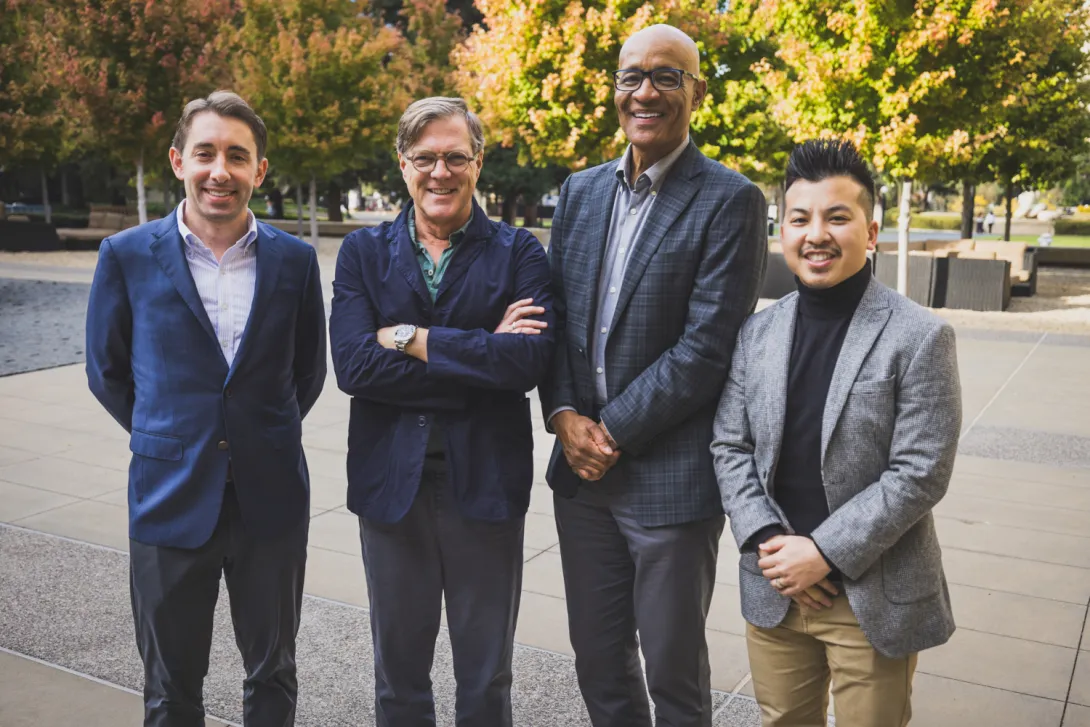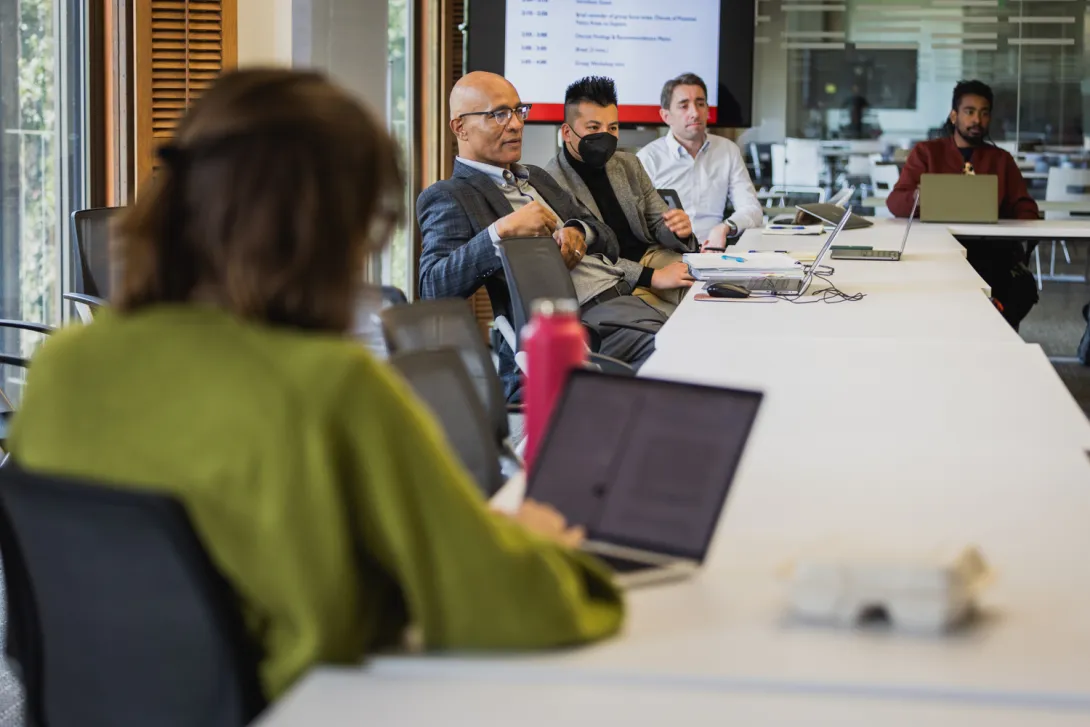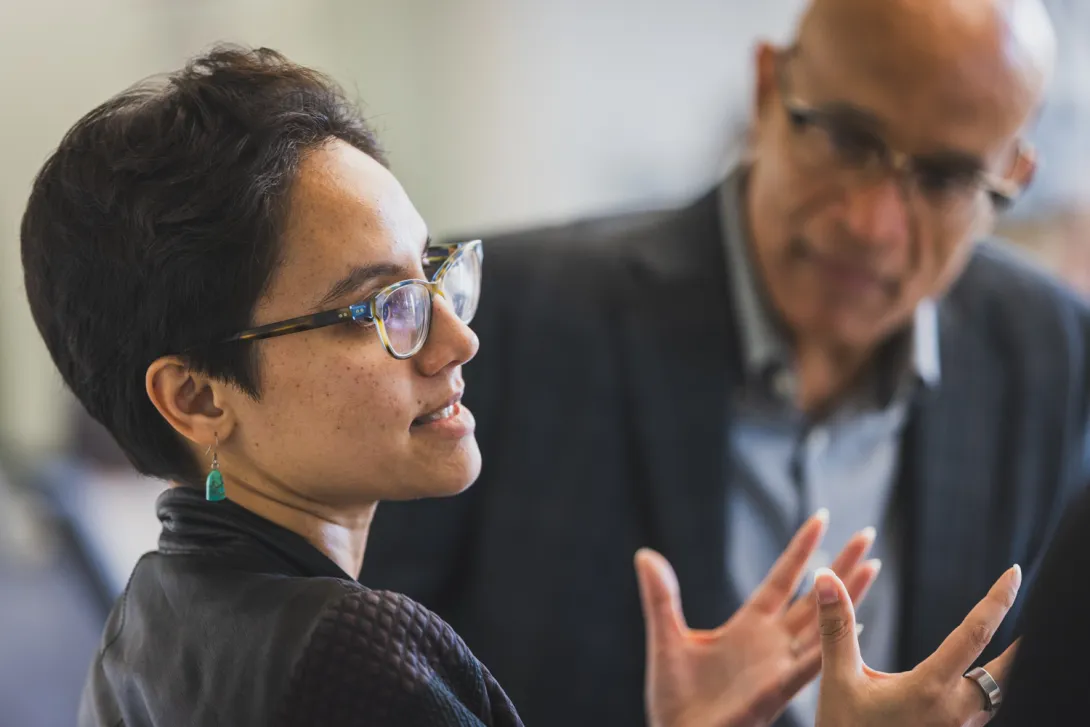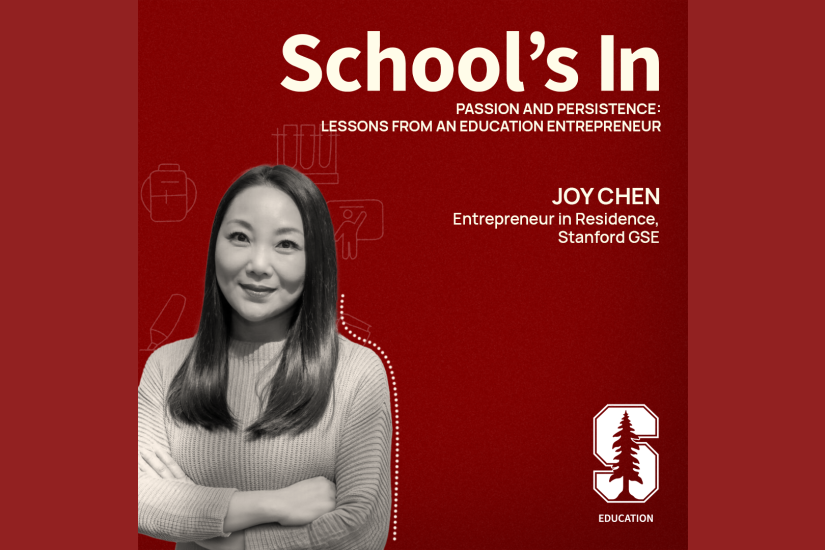
What’s next for universities after the ban on race-based affirmative action?
Many universities were left with questions after the U.S. Supreme Court upended nearly 60 years of precedent by overturning affirmative action last summer.
Rather than wait for answers, Stanford Graduate School of Education (GSE) Professor Mitchell Stevens and Stanford Law School (SLS) Professor Ralph Richard Banks created a new policy practicum, entitled What's Next? After Students for Fair Admissions, that seeks to provide guidance.
The course — which is made up of students from the GSE, SLS, Distinguished Careers Institute (DCI), and other graduate and undergraduate programs — reconsiders how America's leading educational institutions approach selective college admissions, and the allocation of resources tied to prestigious universities, to improve higher education.
“The Supreme Court decision in Students for Fair Admissions created a lot of ambiguity, and it’s in those moments of confusion that new policies and new ideas have a fighting chance at becoming part of the institutional future,” Stevens said. “This policy lab is about thinking about how institutions like Stanford can respond to the new environment created by the decision.”
Now in its second quarter after starting in the fall, the course is co-taught by Hoang Pham and Dan Sutton, two scholars with the Stanford Center for Racial Justice.

The class is led by (from left) Dan Sutton, Mitchell Stevens, Ralph "Rick" Banks, and Hoang Pham. (Photo: Kurt Hickman)
Universities and the academic social contract
One objective of the course, Stevens said, is to re-examine the “academic social contract,” a term developed by Stevens and GSE Professor Emily Levine to frame the relationship between universities and the public.
“The academic social contract is this idea that universities are given financial subsidies, autonomy and a good measure of prestige, in exchange for their contributions to society,” Stevens said. “We produce knowledge that’s useful to society, we educate, we provide educational capital, and we enable social mobility.”
Through the course, he and Banks seek to open a conversation about new opportunities for universities to make civic contributions, “beyond just tinkering with how we admit very small numbers of undergraduate applicants, which is where so much of the energy is focused.”
One student enrolled in the course, Jim Cowie, is a fellow at Stanford’s Distinguished Careers Institute, a yearlong on-campus program for mid-career professionals. Cowie, who was a lieutenant in the Navy before working in law for 30 years, said he enrolled in the course for the chance to help shape the future of how selective universities benefit society.
“I felt that the Supreme Court decision, together with some other political currents that were moving around the country, presented schools like Stanford with a real opportunity to rethink how to go about making a meaningful contribution to the nation and to the world,” said Cowie, who earned a law degree from SLS in 1993.

Students and faculty gather in a conference room during a lab session. (Photo: Kurt Hickman)
The future of college admissions, shaped by students
In the course, students work on projects and develop research and guidance documents that Stanford and other universities can use as a roadmap to promote learning and advance racial justice after Students for Fair Admissions. Some of the issues they're tackling include new ways for universities to contribute to their communities and regions; how to make the educational riches of places like Stanford available to wider populations; and how the academic intellectual capital might be deployed to solve wicked social problems — how to pay for higher education without debt, for example.
“We’re living in a tremendous space of ambiguity right now,” said Carolina Nazario, a Stanford senior studying sociology who is the Haas Center for Public Service Community Engaged Learning Coordinator for the policy lab. “We don’t know what the limitations are, what is and isn’t going to be shut down, what’s going to be possible. But it’s exciting because that uncertainty gives us the opportunity to impact tremendous change.”
Student projects are focused in one of four areas: changing how admissions offices recruit, sort, and select students; distributing educational resources more equitably; creating new forms of educational assets; and building entirely new pathways, outside of elite higher education, to enable people to attain positions of prominence across a broad gamut of social institutions.
During lab sessions, students and faculty gather in a law school conference room to work on projects and come up with ideas. Among them so far are proposals to use a portion of endowments to support educational partnerships with neighboring schools and community colleges; adding substantial public service as a requirement of admission for graduation; and making universities models of opportunity employment — and allowing college employees access to educational opportunities.

GSE PhD Student Hannah D'Apice (left) shares her ideas with the class. (Photo: Kurt Hickman)
GSE doctoral student Hannah D’Apice, whose research centers on systems of inequality in education, says the course has helped her contribute to policy development while strengthening her ongoing research.
“I joined the policy lab because ‘what happens next?’ is a really urgent question, and Stanford is in a position to be able to shape directions moving forward by putting out guidance documents,” she said. ““This policy practicum gives us a chance to consider new directions that universities can take in thinking more deeply about equity and inclusion for historically marginalized groups.”
The weekly two-hour policy lab features speakers including Michael J. Sorrell, president of Paul Quinn College, a historically Black college in Dallas that was founded in 1872, and Scott Palmer, managing partner and cofounder of EducationCounsel, a consulting firm focused on the U.S. education system.
In his class discussion Sorrell spoke about the need for bold reform in higher education, and shared about his experience of disbanding his college’s football program and turning the field into a working farm as part of a jobs program.
Palmer touched on his experience with policy reform efforts under the Clinton administration and the U.S. Department of Education, and how the evolving legal landscape has opened the door for a new range of ideas to reshape higher education.
“If you have ideas that are well articulated and persuasive and logical and can capture imagination, they may prevail over time,” Banks told students during a class discussion. “Who knows – maybe somebody sitting around this table will come up with some idea that, while it may not prevail with this Supreme Court, we’ll be talking about in 20 or 50 years because society has embraced it.”
Faculty mentioned in this article: Mitchell L. Stevens , Ralph Banks



